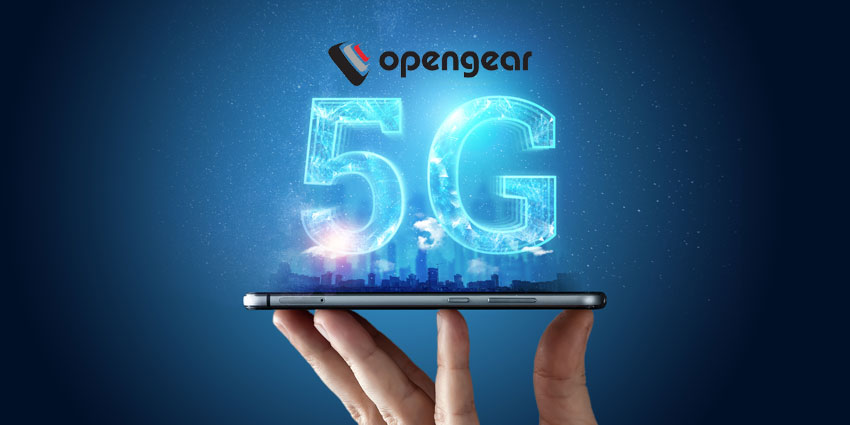5G is today still in its infancy in terms of live implementations but the technology has great potential. 5G provides more bandwidth and considerably lower levels of latency than previous cellular technologies – and this will allow organisations across multiple vertical sectors to deploy new classes of applications. There will be a wide range of business benefits across these sectors as 5G technology rolls out over time, with retail and financial services being two of the most prominent.
For financial services, we see claims that 5G will offer providers a primary network connectivity option in the future and that it could be the basis for remote teller services via video, direct to the customer or new AI-based services, that aggregate real-time behavioural data to create personalised financial recommendations. In retail, the biggest benefits will be the ability to use technologies such as augmented and virtual reality, digital signage and video and pattern recognition to offer a more personalised customer experience. The extra bandwidth and lower latency that 5G delivers will make this possible.
There are very few industries today, however, that will not benefit from the ongoing emergence and roll-out of 5G. In manufacturing, 5G will drive increased automation and the success of the advanced Industry 4.0 model. In healthcare, it will make consultations by video more viable, as well as supporting greater use of wearable devices and telemetrics. In the automotive sector, it will support the ongoing development of autonomous driving and connected cars.
Changing the Network
The roll-out of 5G will, however, also entail some major changes needing to be made to technological infrastructures. 5G will be a strong enabler in the expansion of the Internet of Things (IoT), given the speed and versatility it will bring to networks. As IoT grows and expands, it is precipitating the move of compute locations increasingly to the edge and the desire to process and prioritise data closer to the collection point.
In line with this, the advent of 5G is forcing carriers to make major investments in their edge infrastructure (central offices, cell towers) to be able to handle the additional data traffic it will generate. Traditional telecoms equipment cannot cope with the data volumes, so carriers are borrowing from IT and redesigning edge “telco” infrastructure using the same data centre technologies we have already seen implemented by internet service providers and businesses more generally.
This move to the edge brings challenges. Users expect the same level of uptime and response from their network, regardless of where that compute is located. But the reality of edge locations is that the type of system redundancy and staffing that is typical at data centres is not feasible at each location. Reliable, always-on access to the network devices, via a technology known as out-of-band (OOB) management, can be a critical component of that network resilience. As levels of automation continue to increase, enterprises will also have to extend the reach of their management and monitoring tools.
Fortunately, we are seeing technology emerging today that can anticipate the current and future network needs of 5G. The latest smart out-of-band (OOB) technology provides engineers at the Network Operations Center (NOC) with the ability to reach devices located at the edge. It is then possible to ensure access and visibility remotely during critical failures while smart OOB technology provides advanced troubleshooting to remediate issues that may arise at the network’s edge.
The advent of 5G and its deployment in a business context brings with it a complex blend of opportunity and challenge. When it becomes fully available, its increased speed and bandwidth capacity should drive use cases across multiple industry sectors. The roll out of 5G and the accelerated drive towards edge computing associated with it will, however, bring challenges, especially around network resilience and redundancy. Organisations will need to address these and in doing so, smart OOB technology offers a positive route forward.

Guest Blog by Gary Marks, CEO, Opengear
We provide enterprise customers with the security, automation and resilience necessary to operate efficiently, reduce costs and ensure business continuity. IT and communications infrastructure is fundamental to every organization. With the explosion of the IoT, the need for smarter real-time decision-making, deeper data analysis, more robust data storage, always-on connectivity and network resilience becomes even more critical. Enter Opengear with next generation intelligent solutions for managing critical infrastructure and increasing network resilience. Opengear provides the automation, network resilience and security necessary to efficiently manage and protect critical IT, communications, network and power infrastructure and ensure business continuity, globally.







